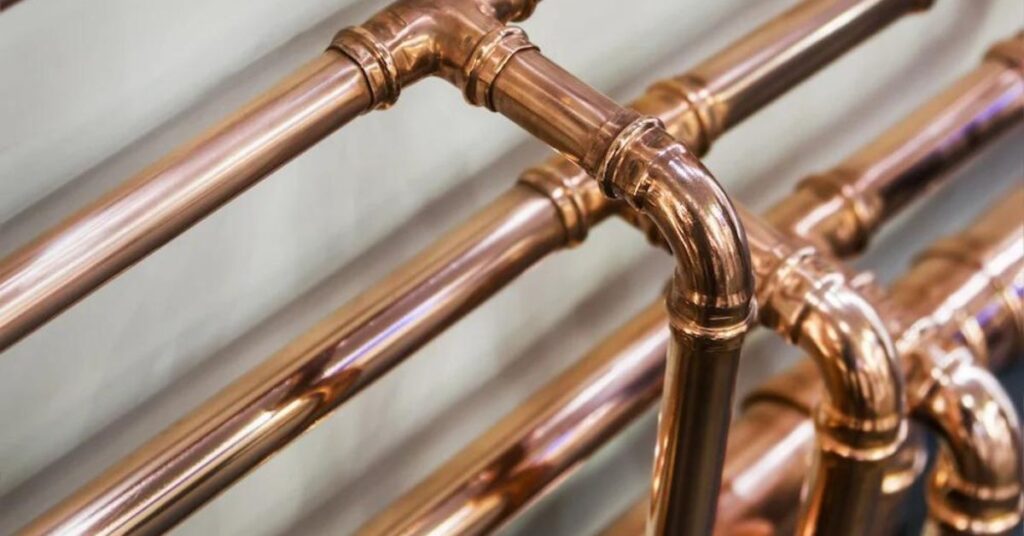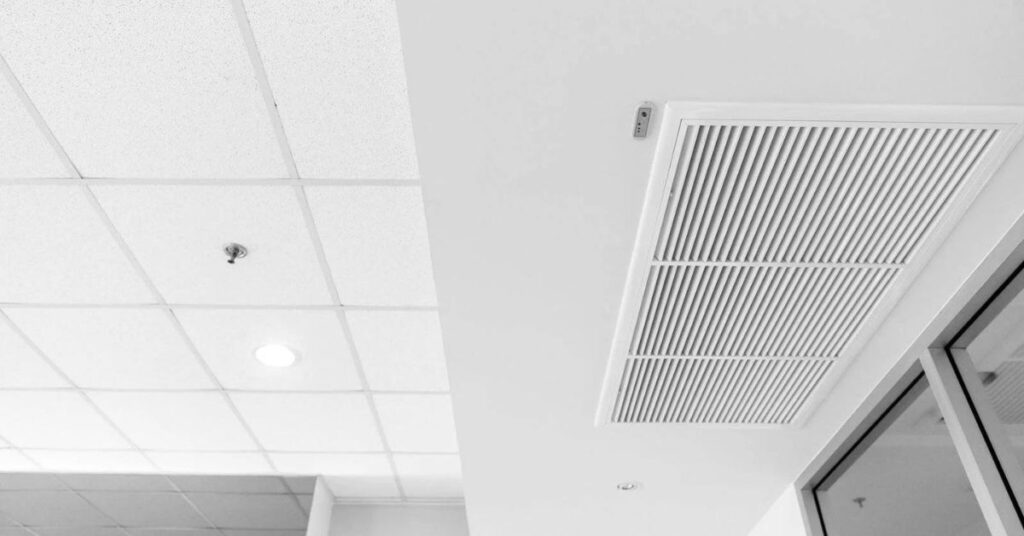Copper plumbing has been a mainstay in residential and commercial construction for decades. However, as newer materials have emerged, some have questioned the longevity, safety, and overall effectiveness of copper pipes. This blog will explore the advantages and disadvantages of copper plumbing, shedding light on whether it truly deserves its place in modern plumbing systems or if it’s time to consider alternatives.
The History of Copper Plumbing
Copper has been used for plumbing since ancient times. Its durability and resistance to corrosion made it a popular choice. In the mid-20th century, copper pipes became the standard for residential plumbing, praised for their reliability and longevity. Today, many homes still rely on copper plumbing, a testament to its enduring qualities.
Advantages of Copper Plumbing
- Durability Copper pipes are incredibly durable. They can last up to 50 years or more when properly maintained. This longevity is one of the primary reasons why copper is still used in many plumbing systems.
- Corrosion Resistance Copper is resistant to corrosion, unlike some other metals. It doesn’t rust and is less likely to suffer from internal corrosion that can degrade water quality and pipe integrity.
- Heat Tolerance Copper can withstand high temperatures, making it an excellent choice for both hot and cold water supply lines. This quality also makes it suitable for use in HVAC systems and gas lines.
- Biostatic Properties Copper has natural biostatic properties, meaning it can inhibit the growth of bacteria. This is an essential feature for maintaining clean drinking water.
- Environmental Friendliness Copper is a recyclable material, making it an environmentally friendly option. Old copper pipes can be melted down and reused, reducing waste and conserving resources.
Disadvantages of Copper Plumbing
- Cost One of the most significant drawbacks of copper plumbing is its cost. Copper pipes are more expensive than alternatives like PVC or PEX. The high price can be prohibitive, especially for large-scale projects or budget-conscious homeowners.
- Potential for Corrosion in Certain Conditions While copper is generally resistant to corrosion, it can corrode under certain conditions. For example, water with a low pH (acidic water) can cause copper pipes to corrode. This can lead to pinhole leaks and contamination of the water supply with copper ions.
- Rigidity and Installation Complexity Copper pipes are rigid and can be challenging to install in tight or complex spaces. This rigidity requires more fittings and joints, increasing both the installation time and cost. Additionally, joining copper pipes typically requires soldering, which can be a more complex and time-consuming process compared to the simpler methods used with plastic pipes.
- Theft Risk Due to its high value, copper plumbing can be a target for theft, particularly in new constructions or abandoned properties. Thieves may strip copper pipes from homes or buildings, leading to costly repairs and replacements.
- Environmental Concerns with Mining Although copper is recyclable, the mining process for new copper has significant environmental impacts. Mining can lead to habitat destruction, water pollution, and a substantial carbon footprint.
Health Concerns Related to Copper Plumbing
Copper is essential for human health in small amounts, but excessive exposure can be harmful. High levels of copper in drinking water can cause gastrointestinal issues, and in severe cases, liver and kidney damage. The Environmental Protection Agency (EPA) has set an action level of 1.3 milligrams per liter for copper in drinking water. If your water supply exceeds this level, it’s crucial to identify and address the source of contamination.
Alternatives to Copper Plumbing
Given the disadvantages and potential health concerns, many homeowners and builders are exploring alternatives to copper plumbing. Here are a few common options:
- PVC (Polyvinyl Chloride) PVC pipes are lightweight, easy to install, and highly resistant to corrosion and chemical damage. They are often used for waste and vent lines and cold water supply lines.
- PEX (Cross-linked Polyethylene) PEX pipes are flexible, making them easier to install in tight spaces and reducing the need for fittings and joints. They are resistant to scale and chlorine, don’t corrode or develop pinhole leaks, and can handle both hot and cold water.
- CPVC (Chlorinated Polyvinyl Chloride) CPVC pipes are similar to PVC but can withstand higher temperatures, making them suitable for hot water lines. They are also resistant to corrosion and chemical damage.
- Stainless Steel Stainless steel pipes are durable and resistant to corrosion, but they can be even more expensive than copper. They are typically used in industrial applications or high-end residential projects.
Read More: Do Metal Roofs Make Noise?
Conclusion
Is copper plumbing bad? The answer isn’t straightforward. Copper plumbing has numerous advantages, including durability, heat tolerance, and biostatic properties. However, it also has significant drawbacks such as cost, potential for corrosion under certain conditions, installation complexity, and health concerns related to copper exposure.
For homeowners and builders, the decision to use copper plumbing should be based on specific needs, budget, and environmental considerations. While copper remains a reliable choice for many, exploring modern alternatives like PEX and CPVC can provide equally effective and sometimes more cost-efficient solutions.


